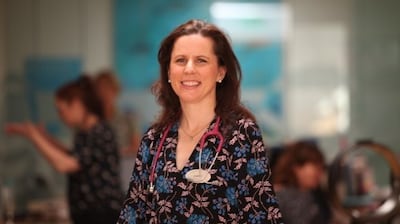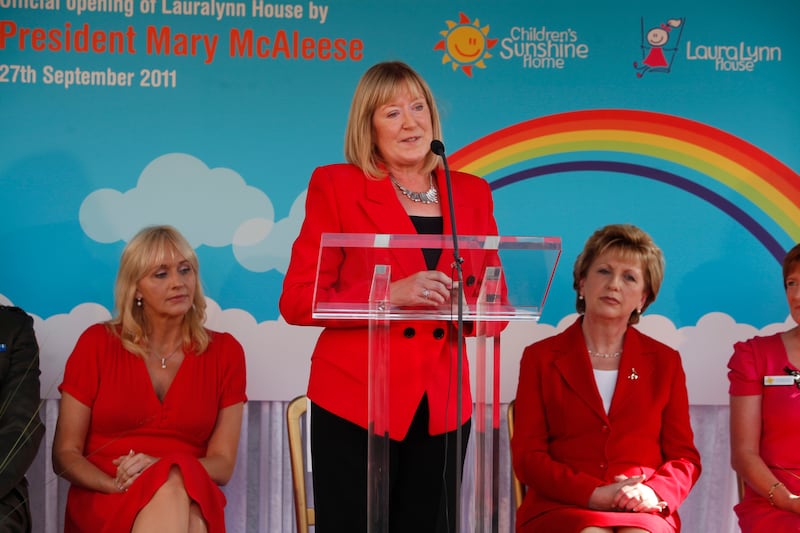The "living while you're dying" aspect of childhood terminal illness used not to be much thought about in Ireland.
It took two couples motivated by personal experience, Jonathan Irwin and Mary O'Brien who set up the Jack and Jill Foundation in 1997, and Jane and Brendan McKenna who established the LauraLynn Hospice Foundation in 2001, to help raise both professional and public awareness of children's palliative care. Irwin and O'Brien campaigned for support to enable children to be looked after at home rather than hospital, while the McKennas saw the need for a third option – a hospice.

The core of palliative care is putting life into a child's days, not putting days into their life, says consultant paediatrician Dr Joanne Balfe, who has worked with LauraLynn since even before it opened its doors 10 years ago, on September 27th, 2011.
The hospice has helped train professionals as well as support families, and this summer it announced the establishment of a McKenna scholarship fund for further research into children’s palliative care, which is an ever-widening field of expertise.
While a child with a life-limiting condition is at the centre of any care plan, there are people around that child who will be profoundly affected for the rest of their lives by their experience of that child’s journey towards death. That’s why it’s a team effort by palliative care professionals, Balfe explains, to support the parents, the siblings, the grandparents, the cousins.
Holistic approach
The hospice’s holistic approach works on many different levels, offering respite, fun activities, such as family camps and the LauraLynn Oscars, making memories and offering counselling for the anticipatory grief as well as bereavement support and counselling.
We all have dreams for our children and these families have multiple losses, she says. “It’s not just the death of the child, it’s the grieving everything they thought this child would be able to do.”
Parents tend to want to know what a child’s life expectancy is but Balfe says: “Time frames are not helpful and we know from the evidence that we are very poor at giving time frames.
“I’ve learned over time to become even vaguer because I have seen children survive for much longer than I thought they would. And sometimes children get sick very quickly.”

As well as care and respite provided in the hospice, staff are currently supporting about 90 families a month through community teams. Two nurse specialists liaise with families and, if the child is having pain or feeding difficulties, Balfe leads the symptom assessment process.
“The majority of children we’re looking after can’t verbally tell us what’s wrong, that’s the difference,” she points out. “You’re trying to use all your clinical skills to find out what is the cause of this child’s discomfort or irritability.”
It takes a combination of theoretical knowledge, with what she and other health professionals have seen in a cohort of similar children, along with the parents’ knowledge of their individual child, to figure out the best course of treatment, be it a change of medicine, physiotherapy etc. Regular use of virtual, multi-disciplinary meetings is one good thing to come out of changes in practice that the pandemic forced on them.
"You have a nurse specialist with a family member in the house with the child. Then you have a consultant from Cork and a consultant from Crumlin and myself all on the phone. So the family are meeting two or three professionals from different specialities without having to leave their home, which is incredible," she says, considering how difficult it can be to transport a child to the hospice or a hospital.
The hospice estimates it is reaching only about 20 per cent of the children in the country who could benefit from its palliative care. Expanding into the community is broadening its reach but Jane McKenna’s hope that a children’s hospice could be established in each of the four provinces is yet to be realised.
Balfe says there are moments in her work in palliative care that are “completely tragic” but she thinks she is reasonably good at compartmentalising. She has learned “that it is okay to feel sad, but it is not my child and it is not my grief”, enabling her to do her professional best for whom it is.
Read: 10 years of putting living into children’s dying






















